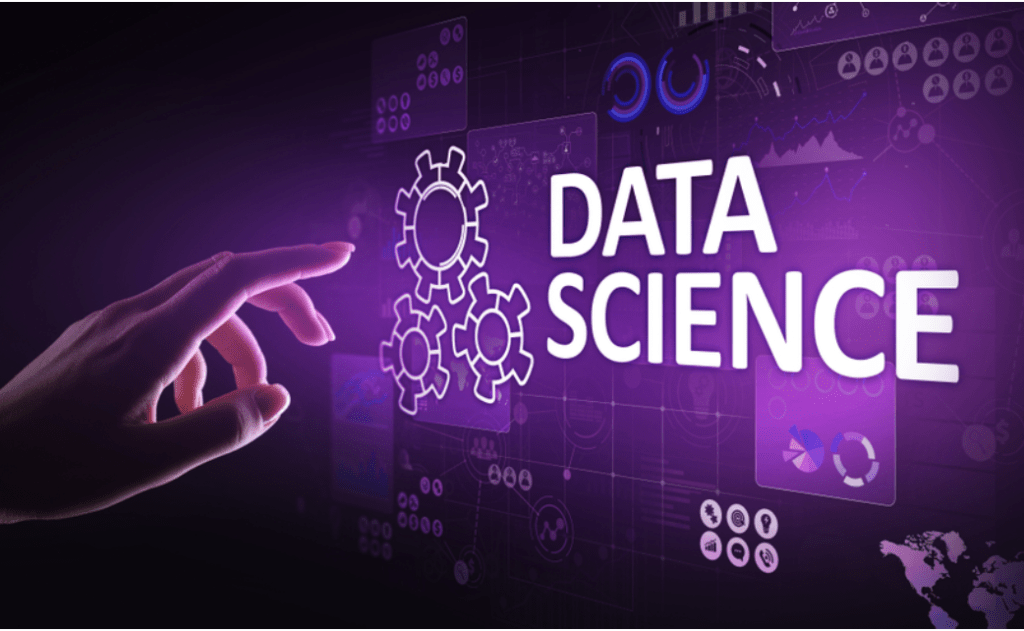Data science is a field that involves using scientific methods, algorithms, and systems to extract knowledge and insights from structured and unstructured data. Data scientists use a variety of techniques from statistics, machine learning, and computer science to analyze and interpret data, and to build predictive models and data-driven solutions to real-world problems.
Data science is a multidisciplinary field that encompasses a wide range of techniques and technologies, including data mining, machine learning, statistics, and visualization. Data scientists use these tools and techniques to process and analyze large datasets, and to uncover hidden patterns, trends, and insights that can be used to make informed decisions and improve business operations.
Data science has become an essential part of many industries, including finance, healthcare, e-commerce, and marketing, where it is used to solve complex problems, make predictions, and drive innovation. Data scientists are highly sought-after professionals who are skilled in working with data, and who have a strong understanding of mathematics, statistics, and computer science.
Data science scope:
The scope of data science is vast and varied. Data scientists use their skills and expertise to extract insights and knowledge from data, and to solve real-world problems in a wide range of industries and fields. Some of the areas where data science is commonly used include:
- Healthcare: data scientists use data to improve patient outcomes, develop new treatments, and optimize healthcare operations.
- Finance: data scientists use data to identify trends and patterns in financial markets, and to build predictive models for risk management and investment.
- E-commerce: data scientists use data to understand customer behavior and preferences, and to improve online shopping experiences.
- Marketing: data scientists use data to identify potential customers, target marketing campaigns, and measure the effectiveness of marketing efforts.
- Government: data scientists use data to improve public services, inform policy decisions, and optimize resource allocation.
- Environmental science: data scientists use data to understand and predict the impact of human activities on the environment.
- Sports: data scientists use data to analyze player performance, develop strategies, and improve team performance.
The scope of data science continues to expand, and data scientists are increasingly being sought after in a wide range of industries and fields. Data science is a rapidly growing field that offers many opportunities for skilled professionals.
Data science liabraies:
There are many different libraries and frameworks that are commonly used in data science. Some of the most popular libraries include:
- NumPy: a library for working with numerical data in Python.
- Pandas: a library for working with dataframes and datasets in Python.
- Matplotlib: a library for creating visualizations in Python.
- Seaborn: a library for creating statistical visualizations in Python.
- Scikit-learn: a library for machine learning in Python.
- TensorFlow: a library for deep learning in Python.
- Keras: a high-level library for building neural networks in Python.
- PyTorch: a library for deep learning in Python, developed by Facebook.
These libraries are often used together in data science projects, and are known for their ease of use, powerful features, and strong community support. Data scientists use these libraries to perform a wide range of tasks, such as data manipulation, visualization, machine learning, and deep learning.
Data science algorithms:
There are many different algorithms and techniques used in data science. Some of the most commonly used algorithms include:
- Linear regression: a statistical method used to model the relationship between a dependent variable and one or more independent variables.
- Logistic regression: a statistical method used to model the relationship between a binary dependent variable and one or more independent variables.
- Decision trees: a supervised learning method used to build a model that can make predictions based on a set of rules.
- Random forests: an ensemble learning method that uses multiple decision trees to make predictions.
- K-means clustering: an unsupervised learning method used to divide a dataset into clusters based on similarity.
- Support vector machines: a supervised learning method used to classify data points based on their features.
- Principal component analysis: a dimensionality reduction technique used to reduce the number of features in a dataset.
- Neural networks: a machine learning method that uses a network of interconnected nodes to make predictions.
These algorithms are commonly used in data science to solve a wide range of problems, from predicting customer behavior to identifying patterns in financial data. Data scientists use these algorithms to build predictive models and data-driven solutions to real-world problems.


Great post. I am facing a couple of these problems.